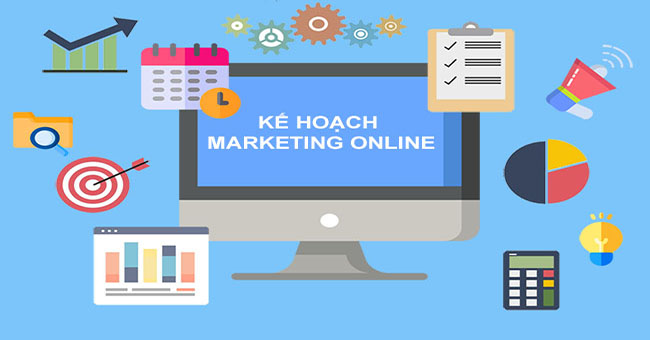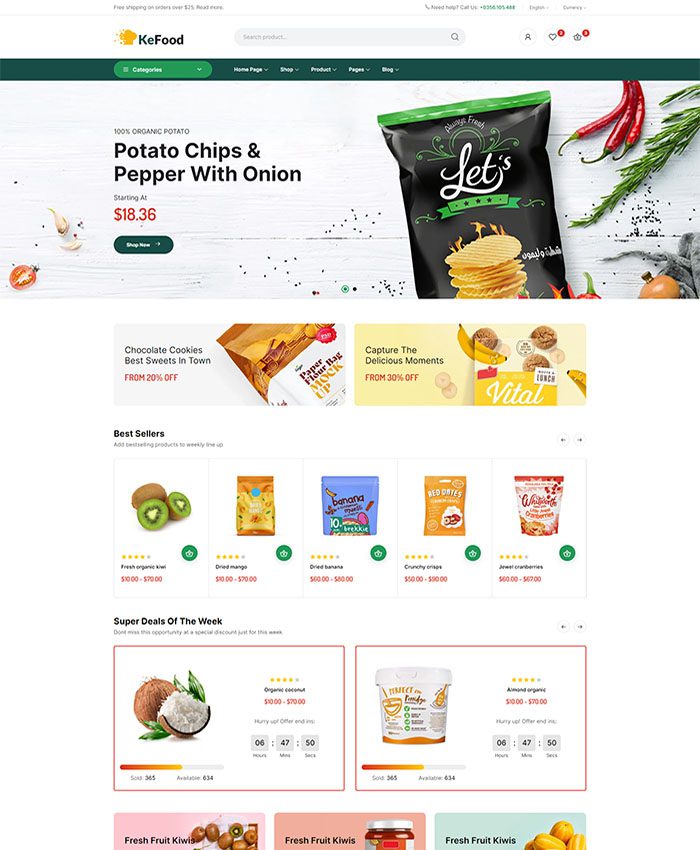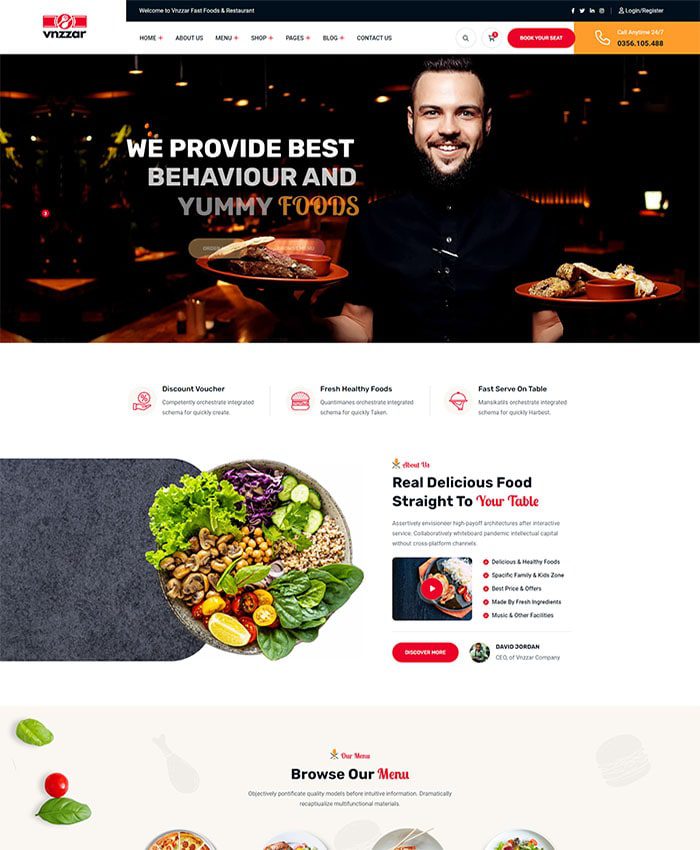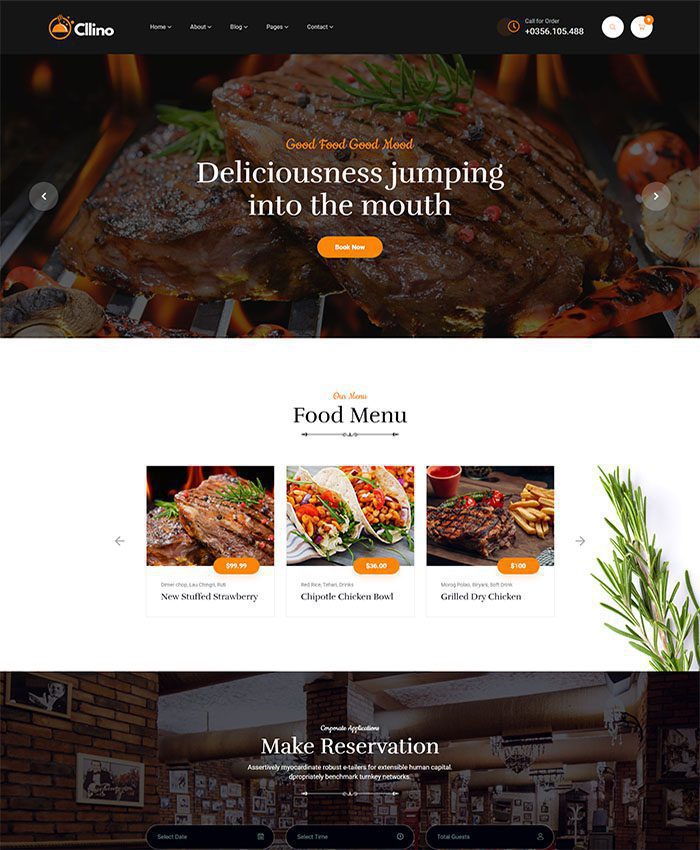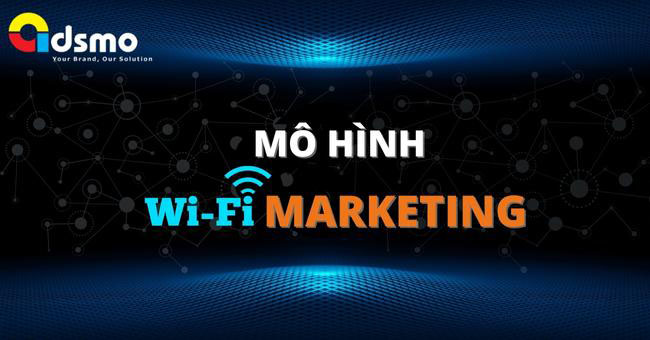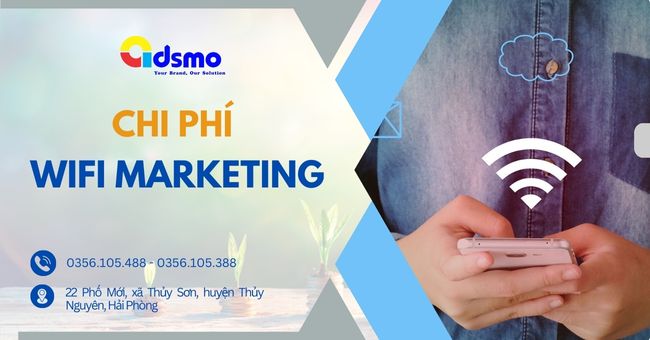Behind the success of a Online Marketing campaign, an effective plan is indispensable. Planning is the first and important step, helping businesses position new products on the Internet market compared to competitors. However, this is not a simple task, even for Marketers with several years of experience.
If you don’t know where to start, read this article. With the 9 steps to plan Online Marketing for a new product below, you will know how to implement a proper Online Marketing plan.
1. Why do you need to plan Online Marketing for a new product?
Launching a new product, especially promoting it, is not easy, especially if you are just a Start-up or a small company. The smartest way to bring new products closer to customers in the 4.0 technology era is Online Marketing. However, for a smooth marketing campaign, you will first need a “map” to know the correct direction, how to get to the destination and adjust the path if necessary. And that is the Online Marketing plan for a new product.
Without a specific Online Marketing plan, your business will not be able to evaluate the actual success of the marketing campaign, or even miss out on development opportunities. A proper Online Marketing plan not only helps businesses optimize marketing costs, but also contributes to accurately measuring results, reach, competitive advantages, new product coverage and achieving expected sales.
2. 9 steps to effectively plan Online Marketing for new products
An Online Marketing plan has many similarities with a traditional Marketing plan. Currently, there are many ways to build an Online Marketing plan. The 9 steps to plan Online Marketing for a new product in this article are based on Allan Dib’s Marketing strategy in the book “The 1-page marketing plan”.
The 9 steps to plan Online Marketing are also divided into 3 stages:
2.1 Pre-stage: Potential customers
The target audience in this stage is called potential customers. Potential customers will learn about you through Online Marketing channels and show interest. At the end of stage 1, potential customers will become aware of your product/service and become interested customers.
Step 1: Identify a specific target market on the Internet
Not every online customer is interested and has a need to buy your product. Therefore, if your marketing budget is limited, focus on a niche market.
First, divide your target market into appropriate market segments based on PVP (Personal Fulfillment, Value to the Marketplace and Profitability). Each market segment will be evaluated based on the above 3 criteria on a scale of 10.
To select a market, you always have to think about who your potential customers are. This will help you visualize a detailed portrait of potential customers including gender, age, social status, education level, income, interests).

Step 2: Create a Message to Your Target Market
Once you’ve identified your marketing goals, you need to find a way to communicate them to your potential customers, also known as your marketing message. This is a crucial step in getting your brand into the minds of your customers.
Creating an effective marketing message not only grabs the attention of your potential customers, but also motivates them to take action. The message that a business needs to convey to customers has only one goal, this goal must be clearly stated and consistent across all Online Marketing channels.
A successful marketing message is not about you or the business but about the customer, their needs and interests.
Step 3: Reach the target market with Online Marketing channels
In order for potential customers to receive the message about the new product, the business must use Online Marketing channels. The first criterion to evaluate a successful Online Marketing campaign is the ROI index (profit brought in more than the investment cost). According to Allan Dib, multiple advertising channels should be used.
This is the most expensive step in the online marketing plan. Businesses can use means such as: Facebook advertising, Google advertising, Social Media or Email Marketing, Mobile Marketing.
2.2 Stage in: Interested people
The main goal of this stage is Lead. In other words, potential customers will like and buy your product/service for the first time. The customer’s decision to buy for the first time is the result that needs to be achieved in this stage.
Step 4: Keep the interested person
Not all potential customers are ready to buy your new product/service right away. They will go through a process of comparing and evaluating with competitors. Collecting a database of potential customers is the process of saving their contact information. However, before that, you have to talk to customers about your product, get feedback through forms, then save the answers to the database and continuously keep in touch with them.
You must complete this step to be able to start nurturing customers and converting them into real customers. If potential customers really trust your brand, they will buy again and again.
Step 5: Take care of those who are interested
Businesses regularly communicate with potential customers online through tools such as email newsletters, SMS, etc. Don’t worry that this will annoy customers. The purpose of nurturing is not to make offers to potential customers when they do not have a need, but to provide value such as useful tips, guides, informative videos, articles, new product information, new updates, etc.
Step 6: Convert potential customers into customers

This step will move the audience from potential customers to trusting your business. And finally, spending money on your products/services. After providing customers with a lot of value, you can make an offer that will increase the possibility of conversion.
It is important that you create a positive image for the brand, do not promise too much or make a rush of sales. Educate potential customers so that they see that you are an expert and trust you.
2.3 The Next Stage: Customers
In this stage, the target audience will be called customers. Customers trust, regularly buy products and recommend them to relatives and friends. This stage can last a lifetime.
Step 7: Build a “tribe” of fans with a world-class experience
A successful business will have fans. Once you have this “tribe” of passionate fans, launching new products becomes easier. Therefore, learn to identify your customers’ needs.
The goal of Online Marketing goes beyond a purchase transaction. In the fiercely competitive online business market, what customers want is to buy from a company that can give them a great experience. If you can do this, congratulations, your business has the most loyal fans.
Step 8: Increase customer lifetime value

Converting existing customers to new ones is much easier than converting new customers. Increasing customer lifetime value is all about finding ways to increase the amount they spend on your products. This step comes back to providing value to customers.
Step 9: Control and drive referrals
Relying on word of mouth is a losing strategy. Instead, build a system where people expect you to give them referrals. Or get your current customers to refer you to others. Currently, posting introductions and reviews on social networking groups is very popular and effective, especially groups about cuisine, cosmetics, etc.
These are all 9 steps to create an Online Marketing plan for a new product based on Allan Dib’s “One-page Marketing Plan”. Hopefully, through this article, you will know how to implement the plan properly.
If you are still having difficulty building an Online Marketing Plan, please contact Adsmo to get advice now.
See more:
Contact ADSMO now – INFORMATION TECHNOLOGY & MARKETING solutions, providing customized business software solutions, consulting on building digital platforms with the mission:
TOTAL solutions, BREAKTHROUGH development – Optimizing COSTS – Increasing PROFITS. We are committed to providing you with:
- Management solutions tailored to your business needs.
- Easy-to-use and efficient systems.
- Professional customer support services.
Contact ADSMO now for a free consultation:
- Address:8th Floor, HD Tower Building – 22 Pho Moi – Thuy Nguyen Ward – City. Hai Phong
- Website: https://adsmo.vn
- Email: info@adsmo.vn
- Hotline: 0356 105 388


